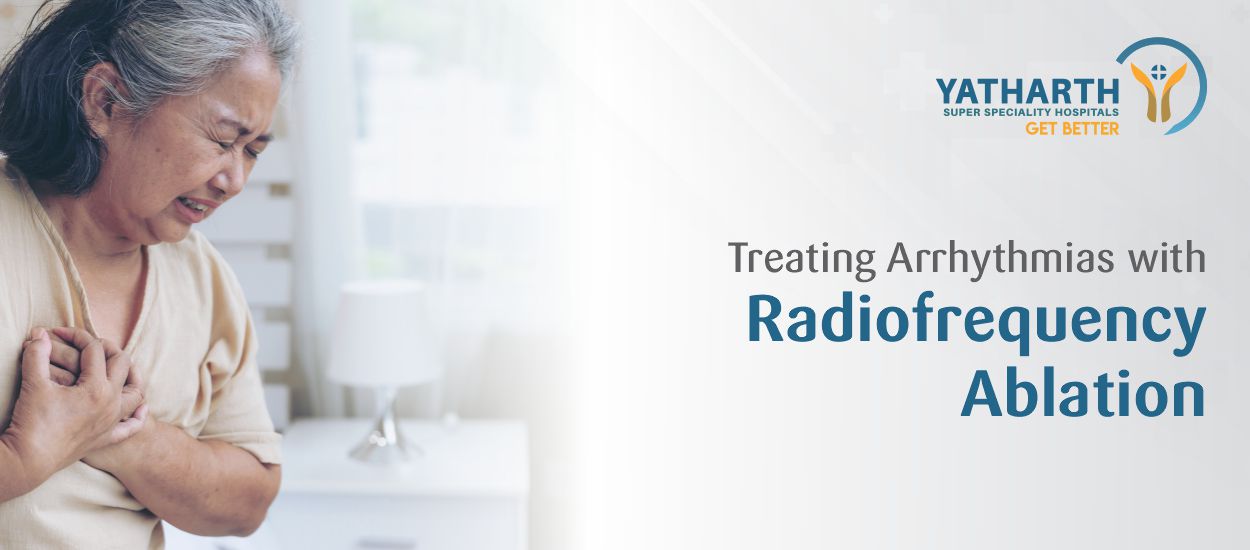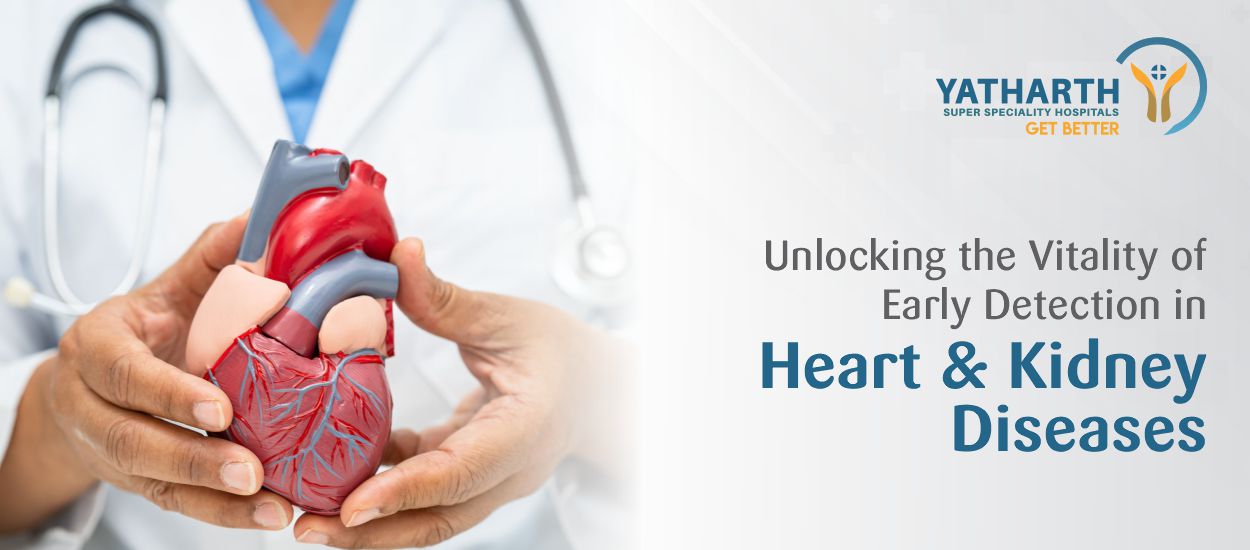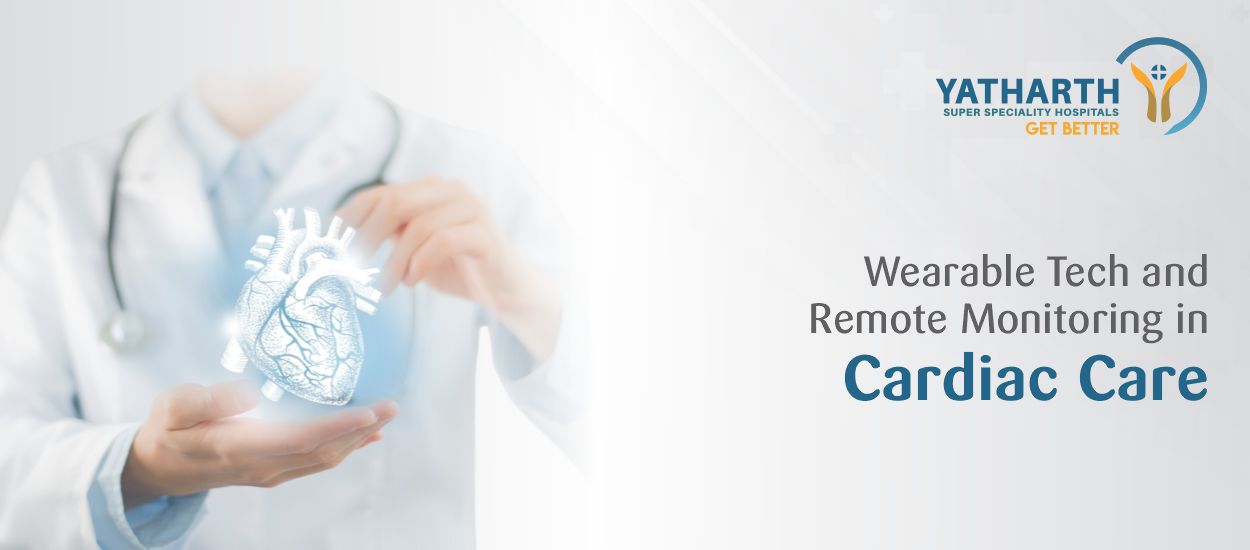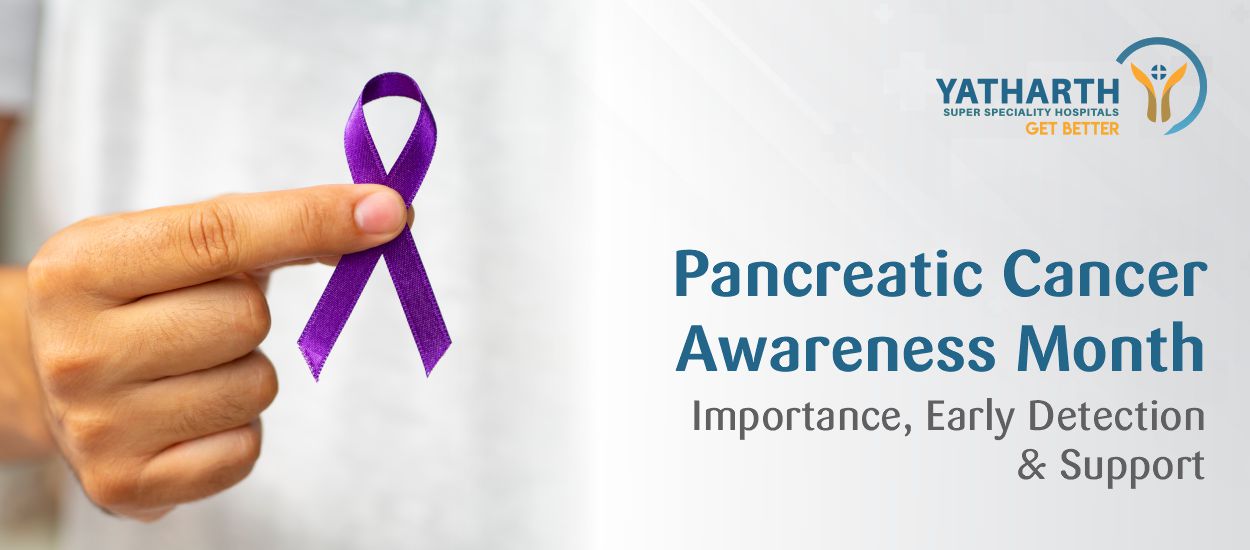An Overview
If a person is diagnosed with heart arrhythmia – a problem associated with the heart rate or rhythm – a procedure called radiofrequency ablation may be recommended to improve this condition. Akin to microwave heat, radiofrequency energy destroys the abnormal tissue without damaging the rest of the healthy heart. Also called catheter ablation, in this procedure a tube is guided into the heart to eliminate small portions of tissue that could be causing the abnormal heartbeat. Abnormal heart rhythms make the heart beat too quickly, erratically.
The heart has some special cells generating electrical signals that move via pathways to chambers in the heart. The signals help the upper and lower chambers in the heart to beat in proper rhythm. But some abnormal cells can create disorganised electrical signals causing rapid or irregular heartbeats termed arrhythmias. If this happens, the heart cannot pump blood efficiently, making you feel faint, breathless and weak. Also, it may seem that the heart is pounding.
Radiofrequency ablation is not needed for everyone with heart arrhythmia. It’s recommended only when an individual’s arrhythmias cannot be controlled with medications or for specific kinds of arrhythmia emerging from the heart’s atria or upper chambers. However, radiofrequency ablation may occasionally be advised for those with arrhythmia originating in the ventricles or the heart’s lower chambers.
For atrial fibrillation or other arrhythmias, radiofrequency ablation acts as a minimally invasive option to treat these heart conditions. By disrupting the heart’s abnormal electrical pathways causing arrhythmia, this treatment helps in restoring a regular heartbeat.
Understanding the Procedure
The procedure starts with an electrophysiology study. This is a catheter-based test to check the heart’s electrical activity and highlight the regions that trigger arrhythmia. The patient will undergo several tests,including a blood test and electrocardiogram. Few days before the procedure, the patient will be advised whether any on-going medicines must be discontinued temporarily. Eight hours before the procedure, the patient must avoid any food or drink.
Needing two to four hours or longer, the procedure is done inside an electrophysiology lab so the patient can be closely monitored. Before the procedure, the patient will be administered intravenous medications so he/she can relax and even sleep. In some cases, anaesthesia is used to induce sleep. Once this takes effect, an area in the groin is numbed and the doctor makes a small hole in the patient’s skin. The doctor will now put three or four catheters via blood vessels in the heart, which help in guiding the procedure.
When these catheters are in place, electrodes attached to the catheter ends will be used to stimulate the patient’s heart to help pinpoint the region responsible for an abnormal heart rhythm. Mild radiofrequency heat energy is then employed to destroy (or ablate) the problem zone that is typically very small, around a fifth of an inch. Other ablation techniques, like cryo-ablation, could be deployed, wherein extremely cold temperatures are used to destroy this problem zone. The doctor decides the type of ablation therapy appropriate in each case. After the offending tissue is eliminated, abnormal electrical signals causing the arrhythmia will no longer be transmitted to other parts of the heart.
During this procedure, most people won’t experience any pain, although a mild discomfort may be felt in the chest. After the ablation is done, the guide wire and catheters are removed from the chest.
Post-procedure Period
Once the radiofrequency ablation concludes, the patient may need to stay still for up to six hours to limit any risk of bleeding. The medical team may apply pressure on the catheter insertion area to prevent bleeding. As the person recovers, special machines will monitor his or her heart. While some patients may be discharged on the day of the procedure itself, others may need to remain hospitalised for a day or two.
Often, recovery after radiofrequency ablation is fairly simple. Following the procedure, for some days you may feel mild symptoms like discomfort, an ache in the chest or bruising in the catheter insertion zone. Irregular heart rhythms or skipped heartbeats could also occur. Within a few days, most patients can resume their daily routine.
Knowing the Risks
Usually, the procedure is safe. Nevertheless, though rare, some complications could arise. These include arrhythmias (other than the one you suffer presently), bleeding at the catheter’s insertion point, blood clots, infection, heart or blood vessel damage and damage in the artery that had the catheter insertion.
Precautions at Home
Before you leave the hospital, the doctor will provide precise instructions on what to do. Most patients can resume their normal routine a day after leaving the hospital, although there may be exceptions.
For the week following the procedure:
- Don’t indulge in any strenuous physical activity till the doctor says this is safe.
- Do not lift anything that weighs more than four kilos.
- Until the doctor says it is okay, don’t drive.
- Avoid swimming and make sure water does not enter the incision site even while bathing.
- Keep the incision area dry and clean.
- Call the doctor if you see any signs of infection.
- If the insertion site begins bleeding, lie down and keep this area firmly pressed while requesting a family member to inform the doctor about this situation.
You will need to inform your doctor if:
- The puncture area seems more bruised.
- The puncture site begins swelling or fluids start draining out.
- You sweat profusely and feel sick in the stomach.
- Your heartbeat is fast or irregular.
- You feel breathless.
- While feeling lightheaded or dizzy, you are forced to lie down.
In certain situations mentioned below, it is important to seek immediate medical attention:
- The leg with the puncture tingles or turns numb, or this foot becomes blue or cold.
- The incision site bleeds, which does not slow down despite pressing it firmly.
- Pain or discomfort is felt in the chest, which moves into the jaw, neck or arm.
- The face droops, there is weakness in the arm and difficulty in speaking.
- A lump develops near the puncture site, which could indicate a hematoma.
A hematoma refers to a pool comprising mostly clotted blood. Generally, this is created when a blood vessel is damaged and broken because of surgery or any injury. While some hematomas may fade on their own, others could need to be excised with surgery. Therefore, a hematoma must be brought to the doctor’s notice without delay.
The Outcome
The success rate of radiofrequency ablation depends on the kind of arrhythmia under treatment. Mostly, the success rate is above 90%. Nonetheless, some people could be required to take the procedure again or use other treatments to manage heart arrhythmias. If necessary, the doctor may advise the patient to continue medicines for some time to help control the heartbeat.
After undergoing radiofrequency ablations, it is best to comply fully with all the instructions given by your doctor, especially those dealing with medication schedules, safe levels of physical activity and follow-up visits. Adherence to post-procedure protocols will always ensure better outcomes.
















